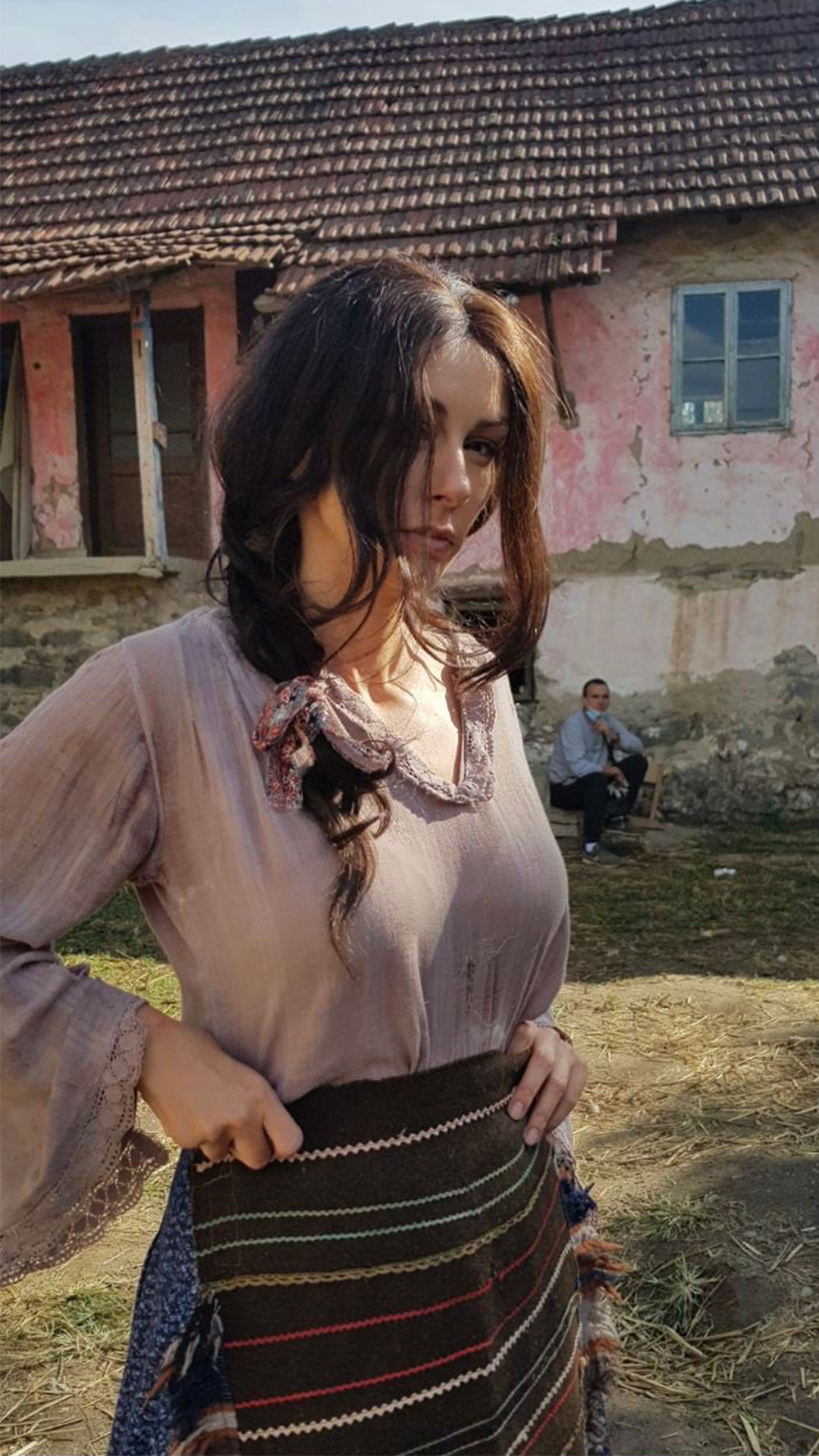
- Once upon a time palette how to#
- Once upon a time palette full#
- Once upon a time palette series#
- Once upon a time palette windows#
Once upon a time palette series#
A series of contrasts plays out among elements that are bright and dark, light and heavy, coarse and refined, as visitors enter the grand hall where the structure of the ancient residence is situated.

Upon approach, visitors are presented with two images of the building: the form’s upright silhouette and its mirrored reflection duplicated in the surrounding pool of water. Its core material, rammed concrete, is a modern homage to the traditional earthen dwellings of the region, emphasising a raw monumentality. Envisioned as a house atop a rock, the teahouse is elevated above a rammed concrete base, while its sweeping copper roof echoes the roofline of the enclosed architectural relic. Relocated from Anhui to its new home in Fuzhou, the Hui-style structure is enshrined as the centrepiece of a new teahouse. The client’s brief posed the unique challenge of creating an enclosure for an important artefact: the wooden structure of a high-ranking Qing dynasty official’s residence, replete with ornamental carvings and intricate joinery.

Conceived as an urban artefact and drawing on the city’s historical roots, the Relic Shelter internalises a piece of heritage at a time when rapid development has eroded traditional culture and identity. It would become a lasting image unmistakably identified with the city of Fuzhou. His album Foochow and the River Min, which documents his legendary journey up the Min River, includes an 1871 photo that captures the ancient structure in its original state, resting serenely on a rock above the water’s surface. John Thomson was one of the first photographers to travel to China and provide Western audiences with some of the first glimpses of the Far East. The project draws inspiration from imagery uniquely associated with Fuzhou: the Jinshan Temple, a rare example of a temple structure built in the middle of a river. The graphic wall markings throughout the hotel space suggest the complexity of the traveler’s psychological states – longing and exhilaration, uncertainty and desire, discomfort and relief – while the distinct rawness of the material palette establishes an intense sense of time, place and being. These unexpected moments are intended to heighten the emotional journey of the guest. By challenging the most basic rituals of daily life and transforming their familiarity into something entirely unpredictable, such as presenting bathing in a glass box, we amplified the constant play between notions of comfort and discomfort.
Once upon a time palette full#
To do so, we drew from the rich experience of a typical Shanghai longtang (lane or alley), where everyday living is full of discoveries and surprises, and where the concept of true privacy does not exist.
Once upon a time palette how to#
Right from its conception, the Waterhouse project sought to question the typology of a hotel, how to interpret notions of home and domesticity in a foreign environment, and how to give meaning to the experience of a traveler.
Once upon a time palette windows#
The seemingly misplaced windows throughout (such as the one above the main reception in the lobby), cleverly situated reflective surfaces and unexpected circulation paths offer the constant thrill of a stolen view and a wayward glimpse. This pursuit is manifested in the planning of the hotel’s signature restaurant, which is an extension of the street all the way into the inner courtyard, so that the public realm penetrates deep into the core of the private sphere.Ī cut in the ceiling of the restaurant even allows occupants of the guestrooms above to participate peripherally in the lively activity of the diners below. We are interested in breaking down the visual, aural and physical limitations of personal space across various scales. By contrast, erasing the boundary between public and private is just as purposeful as respecting the demarcation between old and new.

Peeling back the layers of finishes is akin to performing an autopsy – uncovering the lives and narratives hidden within each imperfection, and excavating memories that will bring the most intimate moments of inhabitation to the public light. Encased in a glass shield, these raw wall sections evoke the archival quality of a museum display, thereby elevating the overlooked and mundane to the status of something precious. While some of the spaces have been refinished and smoothed over, some portions of the walls have deliberately been left crude, exposing crumbling bricks and delicate lathwork behind the deteriorating plaster. We were very careful to delineate where new elements were to be inserted and where the old should remain untouched.

The real task of this project was therefore to exercise restraint in the restoration process and resist the natural urge to fix every flaw. When approaching the site – a Japanese army building dating from the 1930s – the history of the structure is clearly visible all over its surfaces.


 0 kommentar(er)
0 kommentar(er)
